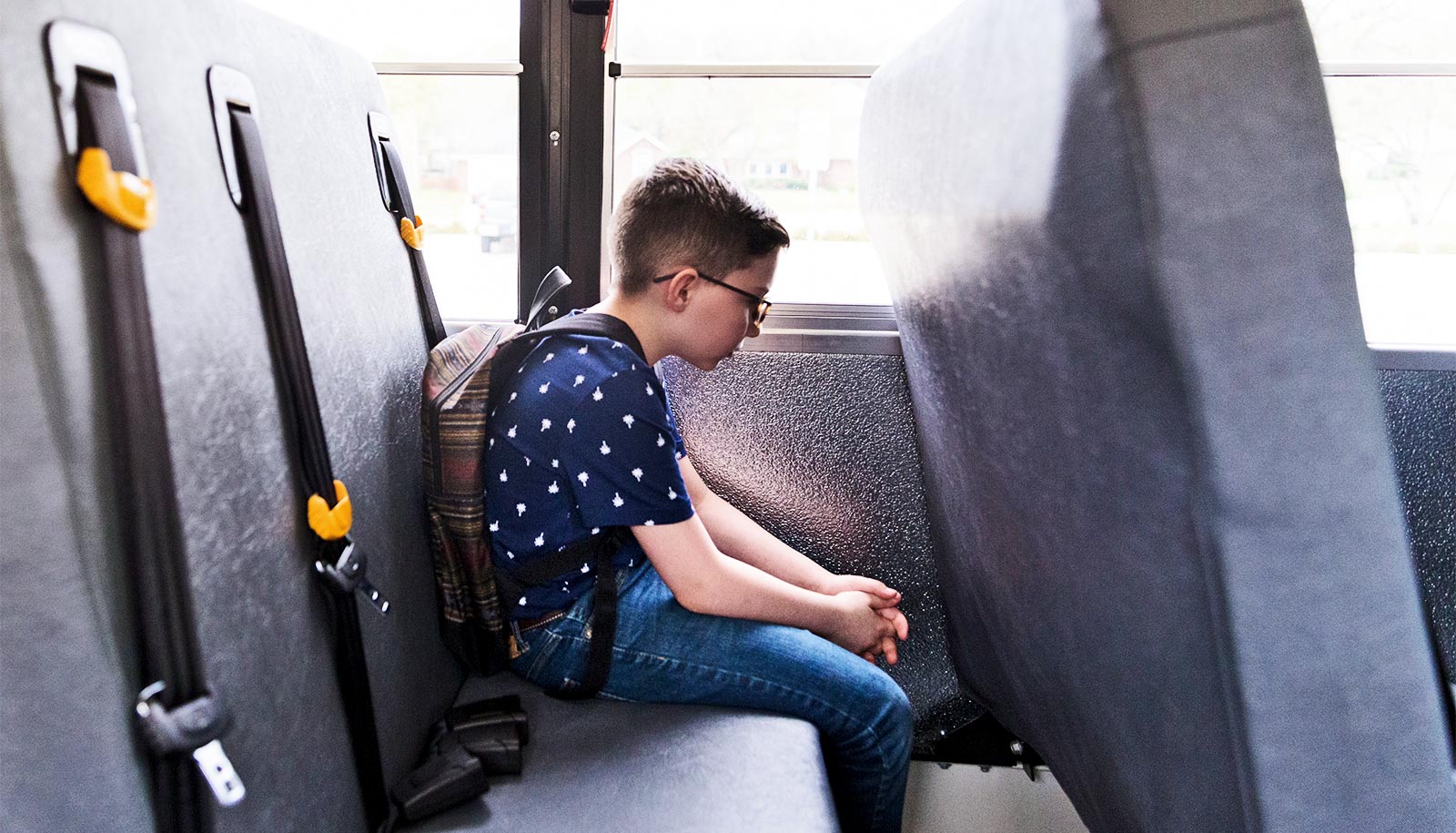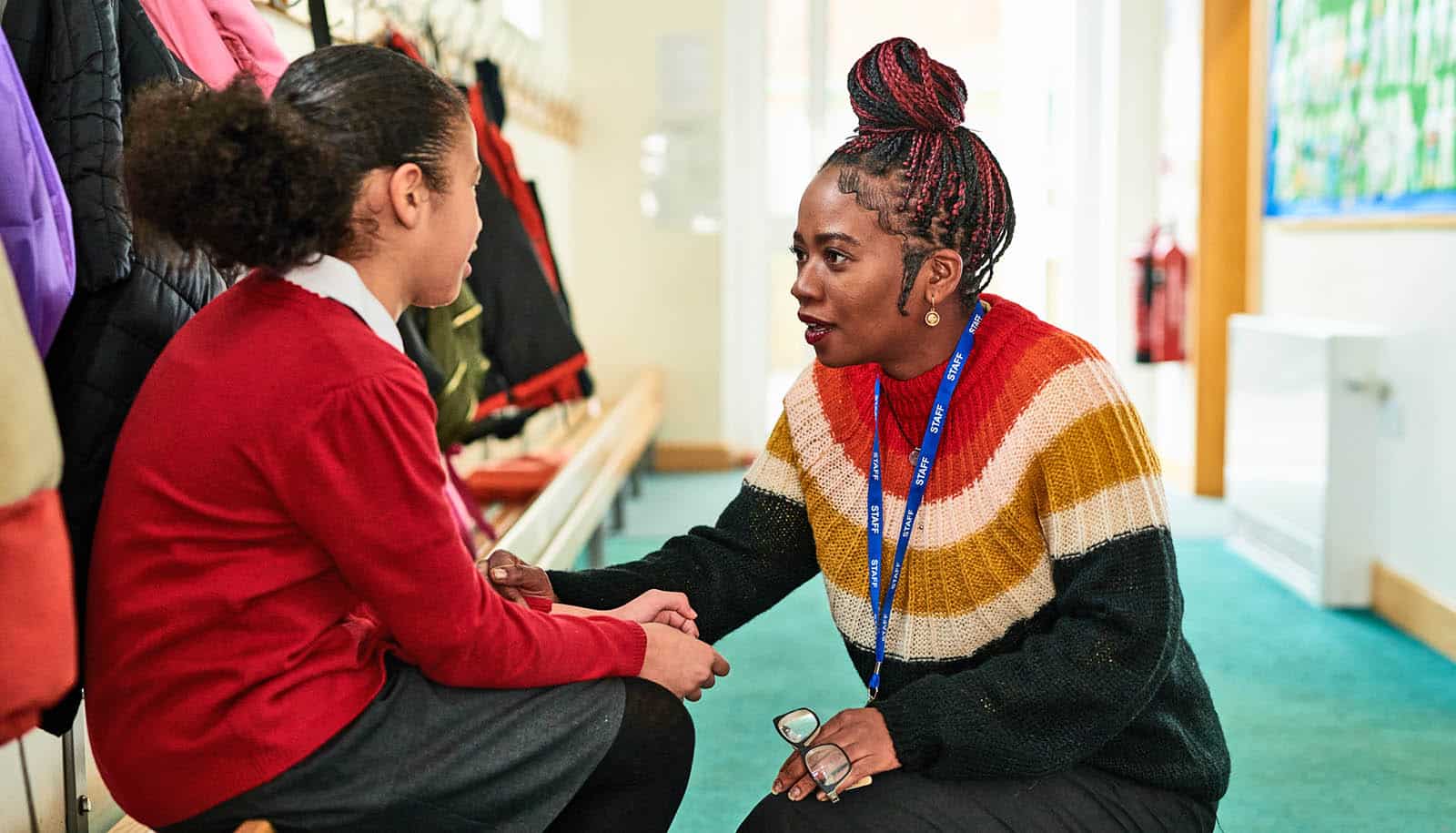The experience of being bullied and its link to social confidence among young people with disabilities is complicated, and efforts to curb bullying shouldn’t be one-size-fits-all, according to a recent study.
The findings may inform strategies to combat bullying in schools, also referred to as peer victimization, especially for students with developmental disabilities.
Bullying and social confidence are often related but not always in ways we would expect, says Erin Tone, professor of psychology and neuroscience at Georgia State University and lead author of the study in the Journal of Applied Developmental Psychology.
“It made sense to us that anxious kids may be vulnerable to bullying and bullied kids may be vulnerable to anxiety, but we don’t know much about the chicken and the egg story,” Tone says.
In collaboration with former Georgia State professor Chris Henrich, Tone examined the relationship between social confidence and bullying. The team analyzed data from the nationally representative Special Education Elementary Longitudinal Study, which collected data on parents’ reports of their children being bullied by peers and student reports of their own level of social confidence over four years.
“We chose a population that we knew was likely really vulnerable,” Tone says. “These are kids with a varied array of disabilities, from those that are pretty invisible, like dyslexia, to those like autism spectrum disorder or orthopedic disabilities that may be highly visible, either because of behavior or because of observable physical limitations.”
The findings show that students fall into three groups, based on the observed relationship between peer victimization and social confidence over time.
One group, which was more likely to include younger girls with a range of disabilities, showed little relationship between social confidence and peer victimization, as group members reported high social confidence despite high levels of being bullied.
The second group was a small set of students who were more likely to have disabilities associated with visible physical limitations or behavioral differences. Tone says these students were the most likely to be bullied.
Finally, members of the largest group were more likely to be older and to have invisible disabilities. For these students, Tone and Henrich were surprised to find that having been bullied early in the data collection was associated with higher social confidence years later.
“The key point is that we really do see variability. You can’t just say, ‘Kids with disabilities are more likely to get bullied, so they’re more likely to be socially anxious.’ It’s a much more complicated picture,” Tone says.
The findings suggest that efforts to combat bullying should recognize the unique risks of each individual to foster a more informed approach.
More work needs to be done to understand why some youth with disabilities may gain social confidence over time, despite having experienced early peer victimization, while others do not, Tone says. It is possible, for example, that some bullied children get helped in ways that provide them with social skills that prove useful later.
“It’s opened up a lot more questions for us than it answered,” Tone says. “But we were hoping that it gives people working with disabled kids some impetus to think about positive-focused interventions and who might benefit particularly from those.”
Additional coauthors are from the University of Alabama at Birmingham and Georgia State.
Source: Georgia State University


